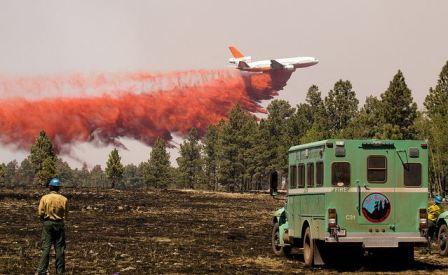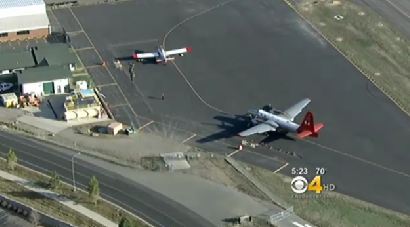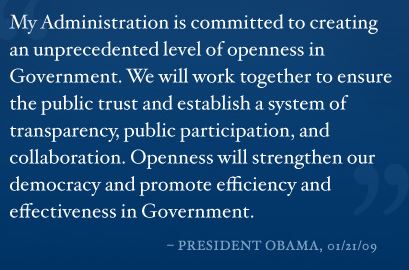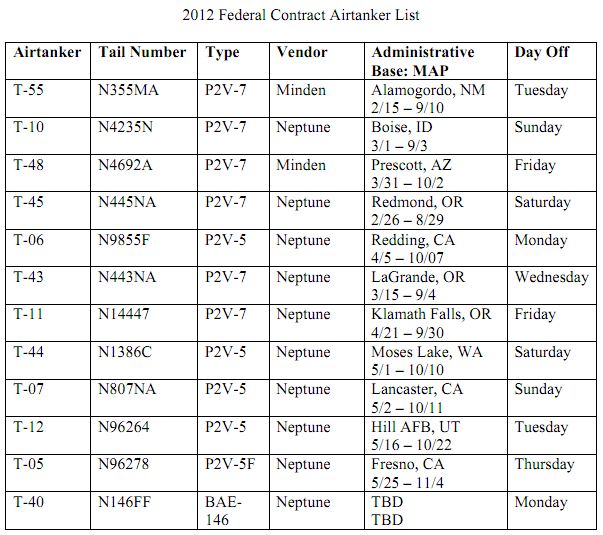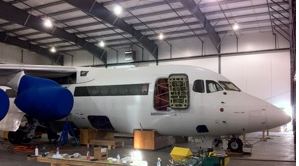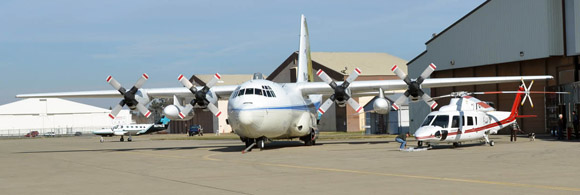
Update at 1:20 p.m. MT, March 14, 2013: Brit Coulson told us a few days ago that they no longer plan to place a 5,000-gallon tank in the aircraft. It will be a 3,500 US gallon capacity tank instead.
****
The U.S. Forest Service may begin awarding contracts within the next several weeks based the responses to their solicitation for “Next Generation” air tankers which closed February 15, 2012 . The list of attendees at the January 11 pre-proposal conference provides some clues as to which companies are interested: Coulson, Cherokee Holdings, Erickson, Minden, Lockheed Martin, Aero Flite, Firebird, and Conair.
Britt Coulson, of Coulson Aviation, told Wildfire Today that they submitted a proposal for a C-130H which they intend to convert into an air tanker. The company has been in the aerial firefighting business since 1986 and currently has a fleet of five Sikorsky S-61 helicopters, two Bell Jet Rangers, and a very high-tech Sikorsky S-76. The S-76, or “Firewatch 76”, is outfitted with an array of sophisticated sensors for evaluating air tanker drops and the speedy helicopter serves as a bird dog or lead plane for their huge Martin Mars amphibious air tanker. In 2010 Coulson loaded the S-76 onto a 747 and transported it to Australia where it worked as an aerial platform for observing and evaluating drops made by 10 Tanker Air Carrier’s DC-10 air tanker when the state of Victoria tested the 11,600-gallon air tanker.
The Coulson C-130H was previously operated by the military, which put about 10,000 hours on it, then NASA picked it up and added another 3,000 hours. Now at 13,000 hours, the 30-year old aircraft is not very aged from an hours point of view, certainly when compared to a used airliner which might have four to eight times as many.

Coulson has a design for a 5,000-gallon internal retardant tank that they intend to put inside the C-130H. They told us that a full 5,000-gallon gravity-fed tank weighs about the same as a pressurized 3,000-gallon tank that is used on the military MAFFS air tankers. The gravity tank does not have to have the heavy accessories like an air compressor, multiple smaller tanks, and complex piping. Gravity tank systems are much less complicated than pressurized systems. Colson will install constant-flow doors which will provide a dependable and consistent application of retardant.
One obstacle that could interfere with Coulson’s plans is the rumor that the U.S. Forest Service is looking for reasons to exclude ex-military aircraft from the awards from this “next generation” solicitation. Coulson said their C-130H meets all of the specifications in the solicitation, so they will be extremely disappointed, to say the least, if their proposal is disqualified or ignored based on the ownership history of the aircraft.
On the other hand, former Undersecretary of Agriculture Mark Rey, who oversaw the Forest Service when he worked in D.C., might be pleased. His new employer, Lockheed Martin, who hired him to lobby the federal government to buy the company’s “firefighting equipment”, would very much like to sell to the USFS or private companies a few dozen brand new C-130Js at $80 to $90 million a pop. Mr. Rey resigned from his post with the Department of Agriculture in January, 2009 and by July 6 he had already filed a Lobbying Report as a Lockheed Martin employee. This is interesting, because the Honest Leadership and Open Government Act of 2007, according to Wikipedia, “prohibits Cabinet Secretaries and other very senior executive personnel from lobbying the department or agency in which they worked for two years after they leave their position”. In 2011 Lockheed Martin spent $15.2 million on lobbying in Washington.

